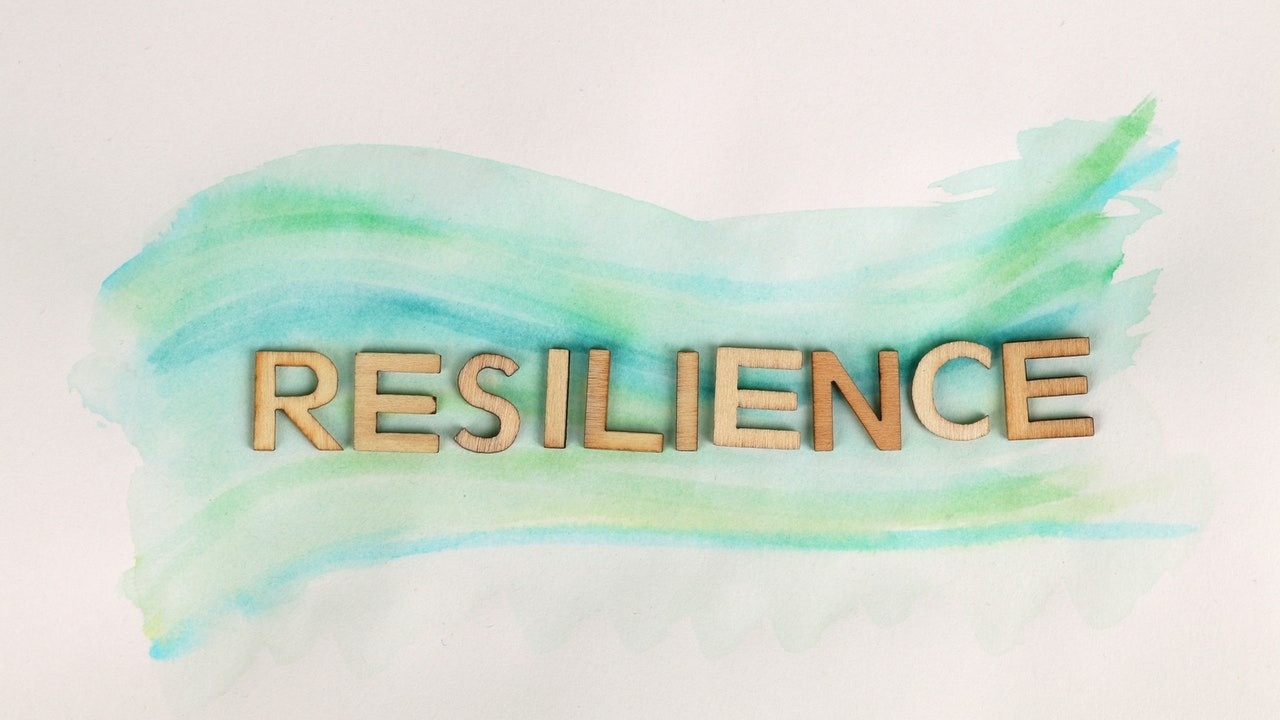3 Simple Hacks for Teaching Resiliency to Students
Dec 08, 2021
As educators, we know that one of our most important responsibilities is to help our students develop the skills they need to be successful in life. One such skill is resilience—the ability to bounce back from setbacks and difficulties.
Teaching resilience is not difficult. It does, however, require a proactive approach, a solid strategy, and patience. Here are three simple steps to help you teach your students to be resilient:
1. Build rapport
Start by building a good relationship with students through positive interactions, laughter, and mutual respect. Maintain this connection by making it clear that you are invested in their success.
This happens when you create a classroom culture that allows students to feel comfortable taking risks and sharing their experiences with you.
Go alongside your students by offering support when setbacks occur. Ask them what would have helped them overcome the challenge, then help them practice until they are successful. This builds trust and helps students understand that failure is an integral part of success.
2. Teach coping strategies
Stress is part of life, and not all students have the same ability to cope with it. Help kids learn how to calm themselves when they feel overwhelmed or upset so they can focus on problem-solving. This calming effect takes shape with open dialogue, reflection, and honesty about what is causing stress and failure.
When teachers share their own stories of stress and failure and how they were resilient, it models resilience for all learners. When students open up about negative situations, remind them of past lessons on resilience and encourage them to forge ahead.
3. Be realistic
Many students expect that great things will happen with little to no effort, and when the world doesn't reward them, they become discouraged. Too many teachers believe, with little to no legitimate evidence, that hard deadlines teach resilience.
Instead of believing that more deadlines and no empathy for failure will teach kids to cope, we need to be realistic with expectations. It's important to understand that people learn resilience over time, and it can take many years for kids to build up a resilience habit.
It's okay to challenge students to try their best every day by setting clear expectations and giving precise instructions. When they fail, though, teachers must accept it and help students rebound, rather than punish them with poor grades or—worse—zeroes.
Bouncing back
Help kids learn resilience by building rapport, teaching coping strategies, and being realistic. Challenge them to face their stress and failures head-on and remind them that resilience comes with experience and practice.






